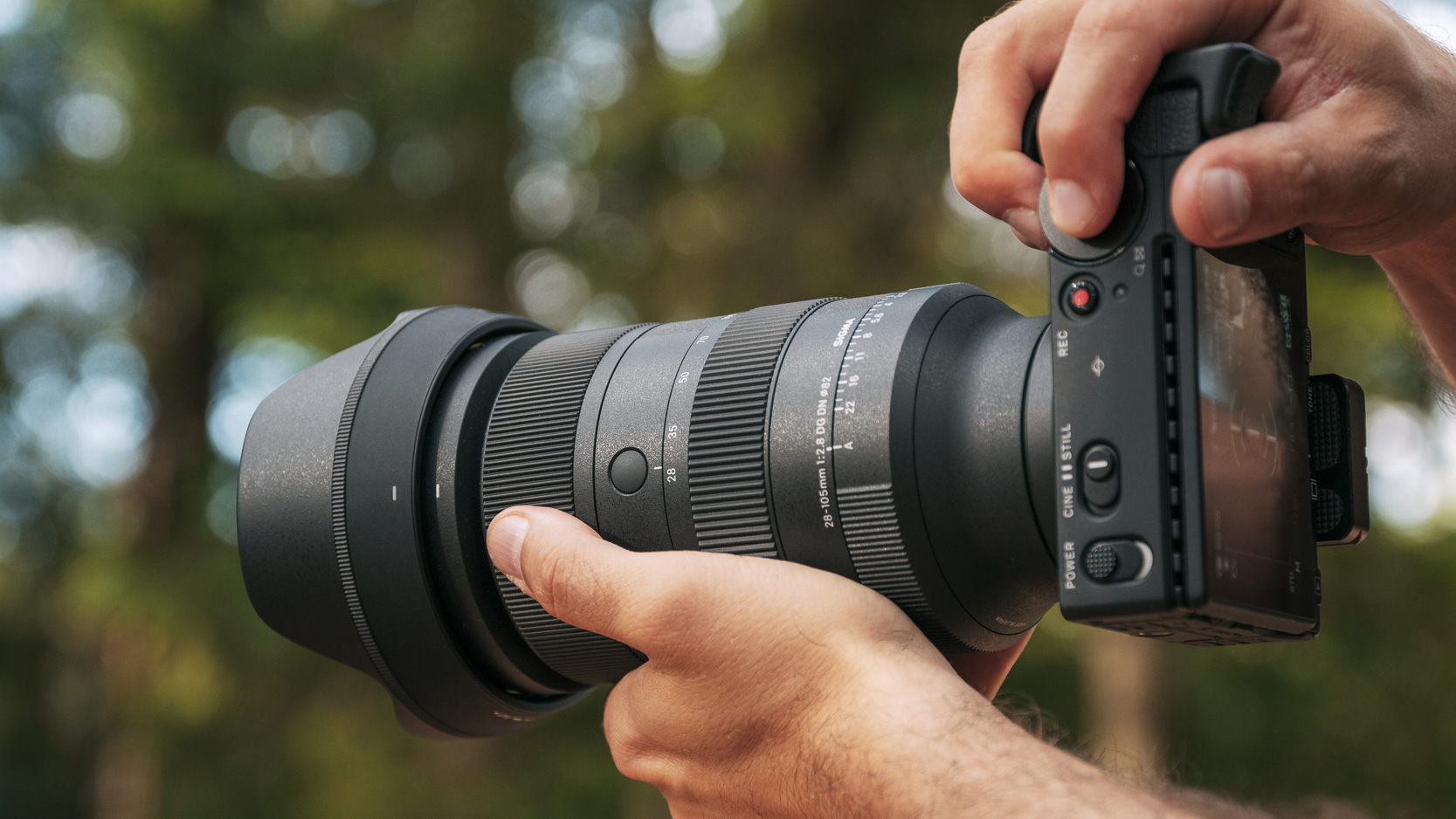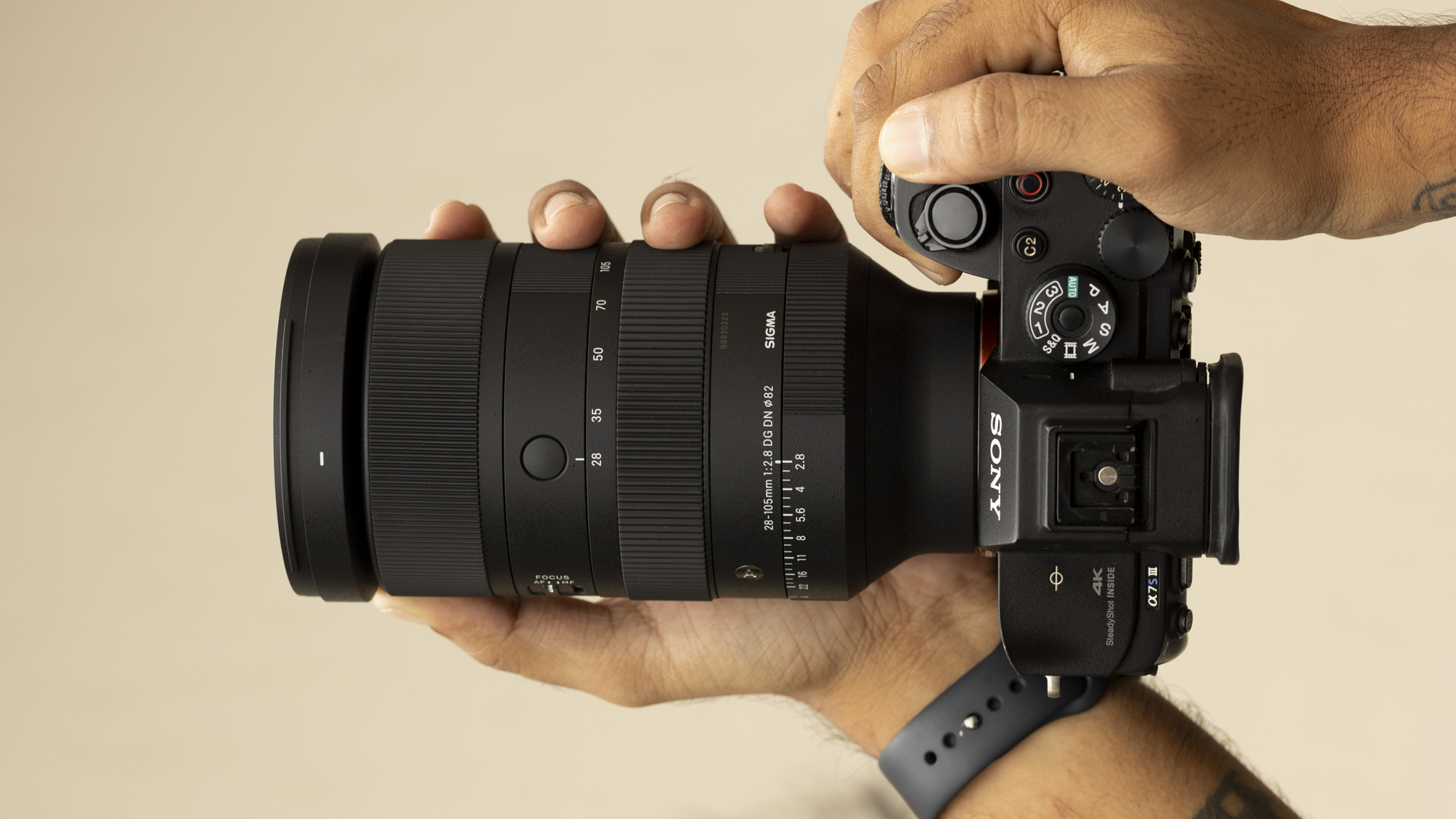
Sigma has announced two new lenses, the all-new 28-105mm F2.8 DG DN available for L-mount and Sony E-mount and the 10-18mm F2.8 DC DN for Canon's RF mount.
We've already reviewed the latter 10-18mm in Sony's E-mount – it's a stunner designed for crop-sensor (APS-C) mirrorless cameras such as the Sony A6700, with a 15-27mm equivalent focal length ideal for photo and video. And it's an excellent addition to the otherwise sparse range of lenses for Canon's best (crop-sensor) cameras like the EOS R7 and EOS R10.
However, the 28-105mm lens will grab the attention of professional photographers, many of whom rely on a fast-aperture standard zoom lens for a lot of their work, and for whom Sigma's latest creation appears to offer added versatility.
Sales start for both lenses on September 26, with the Sigma 28-105mm F2.8 DG DN's list price being $1,499 / £1,399, while the Sigma 10-18mm F2.8 DC DN costs $599 / £649 (bear with us while we get Australia pricing).

The new professional zoom lens on the block
Like many pros that shoot a mixture of portraits, weddings, sports, and events, I heavily rely on my 24-70mm f/2.8 professional-quality lens. It boasts excellent sharpness from center to edges, a moderately fast aperture that's great in low light and for shallow depth of field, and is consistent across the zoom range, while the 24-70mm range is highly versatile.
Sigma's new lens is a slightly different prospect, favoring those who typically like to zoom a little closer. You lose the wide 24mm end – 28mm doesn't fit nearly as much in your frame and is less versatile for run-and-gun video work for which the wider perspective can often be super helpful.
However, you get a whole load extra reach as the telephoto end: 105mm to the traditional standard zoom's 70mm. Sigma's lens offers a compelling middle ground between 24-70mm and 70-200mm f/2.8 lenses, and for many users, I can see it doing the job of both.

All the while you still get that f/2.8 aperture across the entire zoom range, unlike other popular standard zoom lenses like the 24-105mm f/4, which sacrifice the wider aperture in favor of zoom versatility and a compact form factor.
Sigma doesn't skimp on quality with its lenses: the 28-105mm is dust and splash-resistant, plus it's packed with external controls such as a clicked / de-clicked aperture ring.
Although we haven't tested the lens, which weighs 2.19lb / 995g, its construction of 18 elements in 13 groups and 12 aperture blades bode well for sharp detail and attractive bokeh, as does its High-response Linear Actuator (HLA) inner focus system for fast and reliable autofocus.
There's no word yet if the 28-105mm will be made in Nikon Z or Canon RF mounts. Can I see it replacing my 24-70mm? I'm not completely sure because I do shoot at 24mm a lot. However, it's a cool news lens that I see being extremely popular, especially given Sigma's typically competitive pricing versus proprietary lenses.







